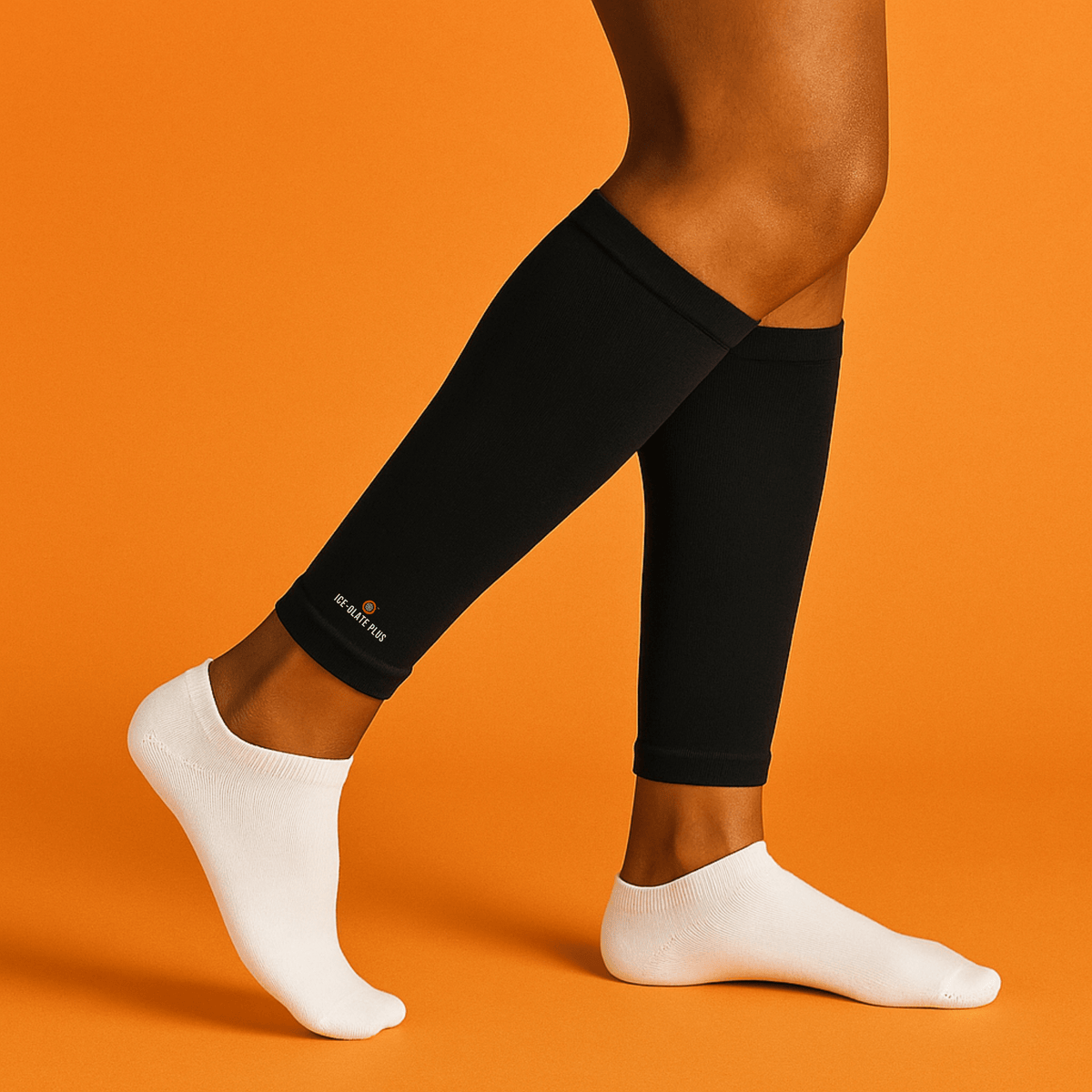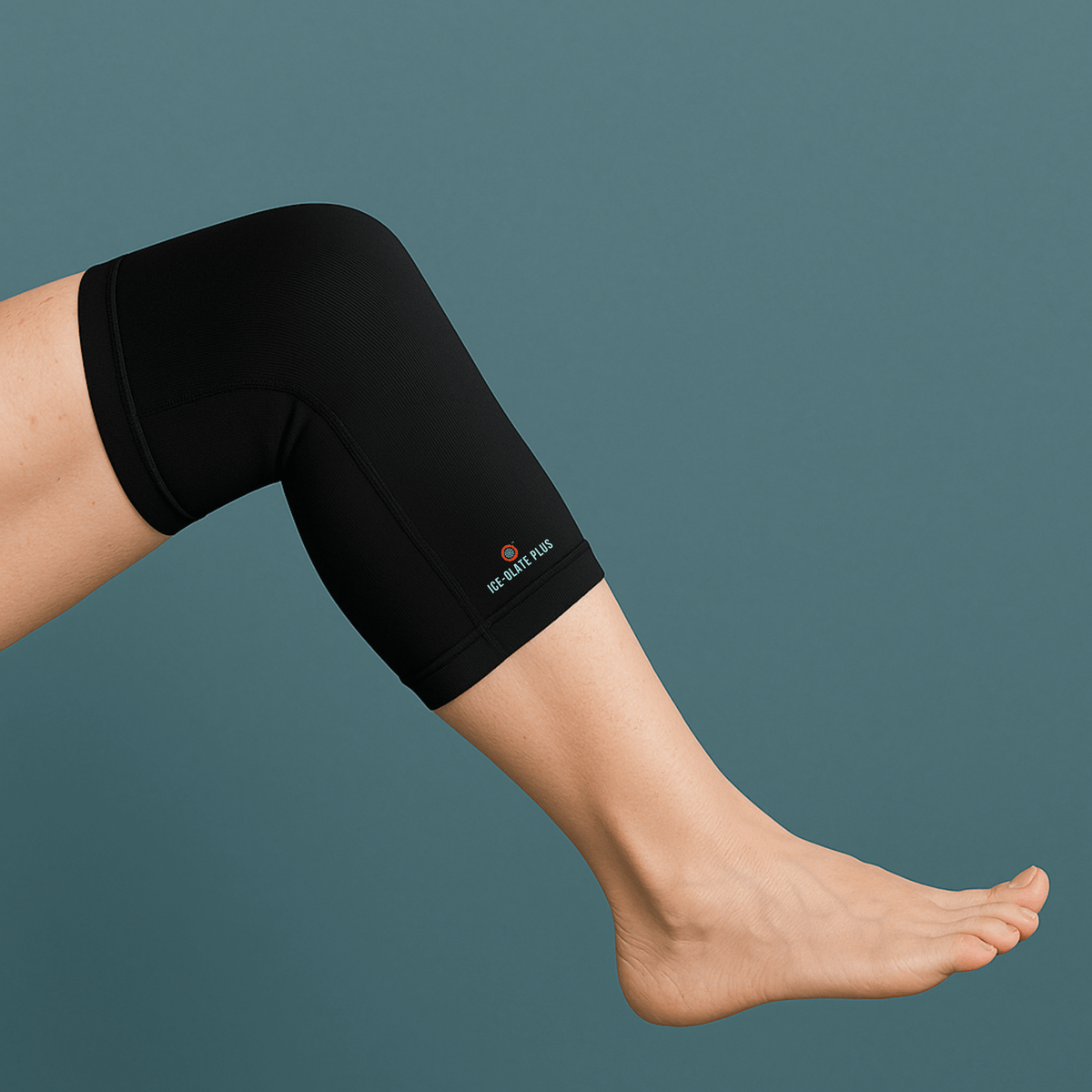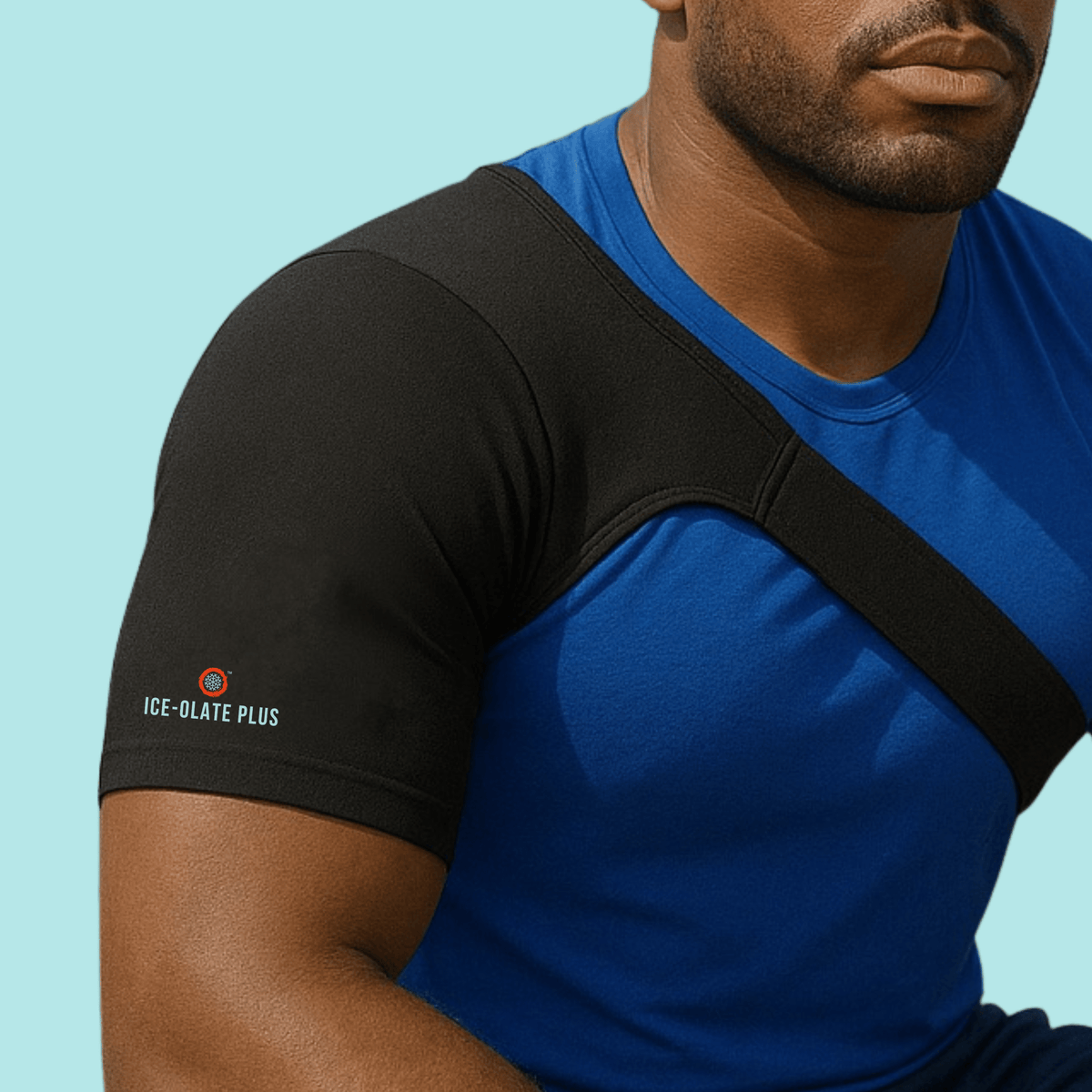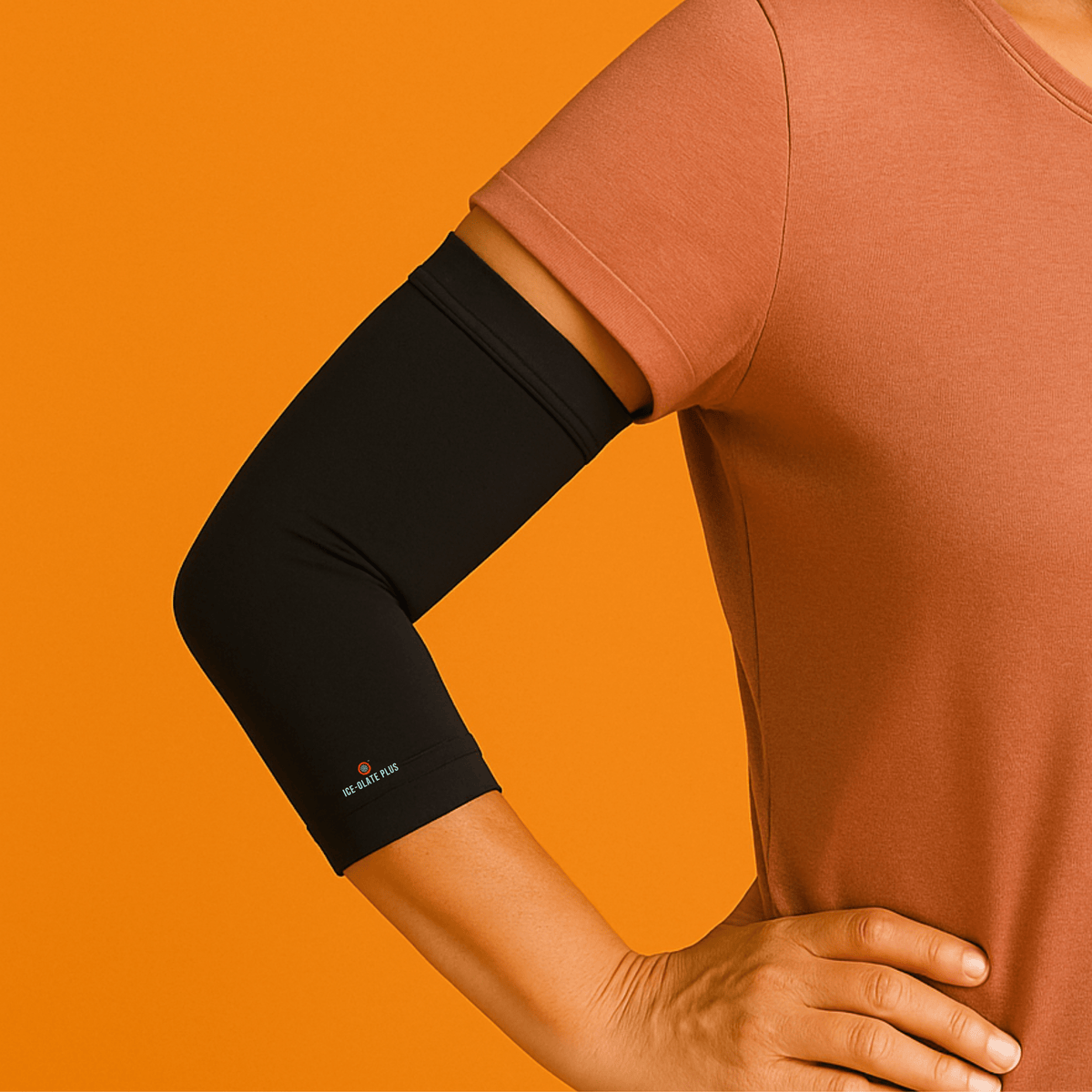FAQ's
Joint Pain Relief: Ice or Heat?
Whether you're dealing with a sports injury, arthritis, or post-surgery recovery, knowing when to use ice or heat can make all the difference. At Ice-olate Plus, we specialize in compression sleeves that deliver both cold and heat therapy hands-free — so you can keep moving while healing.
Below you'll find expert tips and answers to the most common questions about recovery, pain relief, and how our sleeves work.
Should I use ice or heat for joint pain?
Ice is best for acute pain, swelling, or injuries, while heat helps with stiffness and chronic pain. With Ice-olate Plus, you can use both — our sleeves hold reusable gel packs that freeze or microwave for flexible, targeted relief.
What’s the best way to ice a knee injury?
The most effective way is with compression and stability. Our Ice-olate Plus Knee Sleeve keeps the cold pack in place while providing support, so you don’t have to stay still during recovery.
How long should you ice an injury?
Experts recommend icing for 15–20 minutes at a time. Ice-olate Plus sleeves hold the perfect-sized gel pack that stays cold for that ideal window — no dripping, no mess.
Can you walk while icing your knee?
Yes, but only with the right gear. Ice-olate Plus is designed to let you stay mobile while icing — the compression sleeve holds the pack in place even when you move.
Is heat or cold better for arthritis pain?
Both can help depending on the stage of your flare-up. Ice-olate Plus sleeves are compatible with hot or cold therapy, so you can switch depending on your pain level.
Do compression sleeves really help with inflammation?
Absolutely. Compression reduces swelling and improves circulation. Ice-olate Plus sleeves combine compression with cold or heat therapy for even more effective relief.
What’s better than a regular ice pack?
A hands-free, mess-free solution. Unlike loose ice packs that slide around, Ice-olate Plus sleeves keep the gel packs secure so you can ice without interrupting your day.
Can cold or compression therapy help with MS pain?
Yes. People with Multiple Sclerosis often experience muscle spasms, inflammation, and joint stiffness. Cold therapy may help calm flare-ups, while gentle compression can improve circulation and reduce discomfort. Ice-olate Plus sleeves offer both—hands-free—so you can manage symptoms more comfortably at home or on the go.
Ready to Recover Smarter?
Explore our Ice-olate Plus sleeves for knees, ankles, elbows, and more — designed to deliver relief without holding you back.




